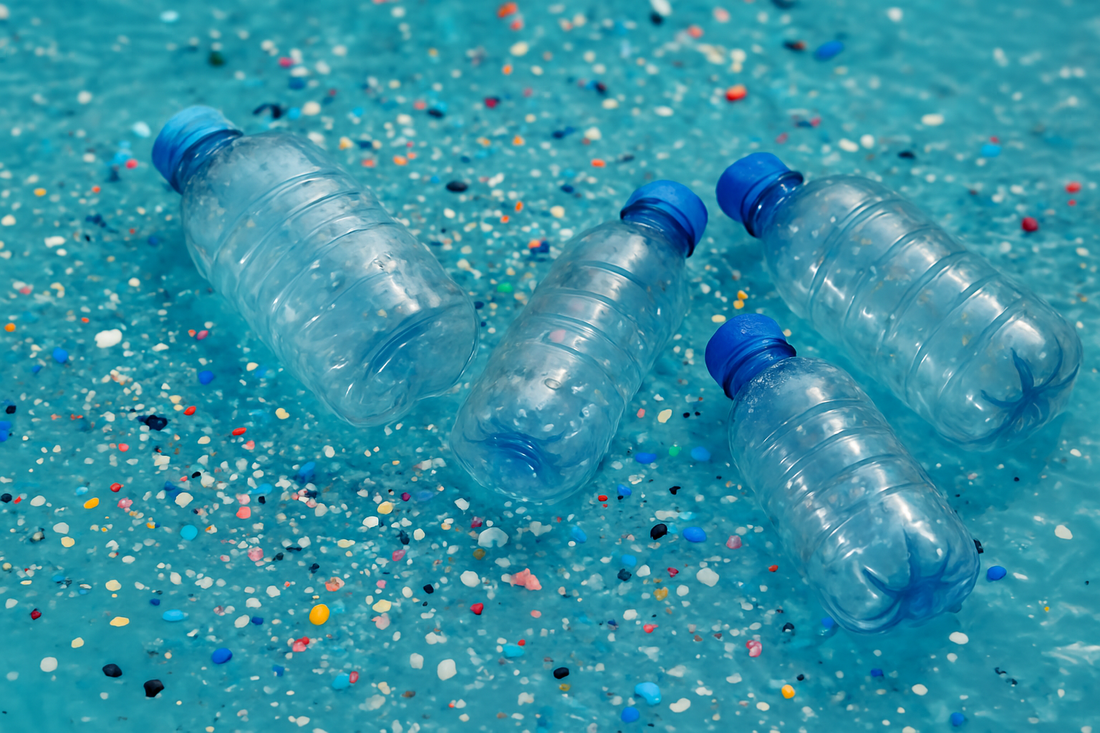
Are You Drinking Plastic? The Truth About Microplastics in Beverages
Share
Exploring How Plastic Containers and Lids Contribute to Microplastic Exposure in Your Drinks
You’ve probably heard about microplastics in the ocean or inside fish—but have you ever thought about them being in your drinks? Whether you're sipping on hot coffee, iced tea, or bottled water, you could be ingesting tiny plastic particles and harmful chemicals. It’s a hidden risk many of us never consider in our daily hydration and caffeine rituals.
How Plastics Leach into Beverages
Many beverage containers, from disposable coffee cups to plastic water bottles, are made with materials like polyethylene, polypropylene, or polystyrene. While these plastics are considered food-grade, they are not immune to wear, temperature changes, or chemical degradation.
Factors that can accelerate plastic leaching include:
- Heat: Hot liquids increase the breakdown of plastic materials.
- UV Exposure: Sunlight can degrade plastic bottles and containers.
- Time: The longer a beverage sits in plastic, the more likely it is to absorb microplastics.
- Friction and Handling: Physical stress from opening and closing bottles or lids can shed particles.
What Gets Into Your Drink?
- Microplastics: Tiny fragments released from the container or lid.
- Additives and Chemicals: BPA, phthalates, and other substances that can migrate into liquids.
Studies have found microplastic contamination in a wide range of drinks including:
- Bottled water
- Soft drinks
- Milk stored in plastic containers
- Juices and smoothies served in plastic cups
Health Implications of Microplastic Exposure
While research is still ongoing, early studies suggest:
- Hormonal Disruption: Chemicals from plastics mimic or interfere with hormones.
- Digestive Issues: Microplastics may alter gut health and microbiome balance.
- Cellular Damage: Ingested particles have been linked to inflammation and oxidative stress in cells.
Safer Alternatives for Your Beverages
You don’t have to give up your favorite drinks—just be smarter about how you consume them. Here are some ways to reduce your exposure:
- Use glass, ceramic, or stainless steel bottles and cups
- Avoid single-use plastic lids and straws
- Choose beverages in non-plastic packaging
- Store drinks in safe containers, especially for long durations
The Bottom Line
Yes, you could be drinking plastic with your favorite beverages. But the good news is that with a few small changes, you can drastically reduce that risk. Being informed is the first step—taking action is the next. Say goodbye to plastic drinkware and start sipping safely.
Looking for a stylish and safe alternative to plastic coffee lids? Check out our handcrafted ceramic lids designed to protect your health and the planet.
